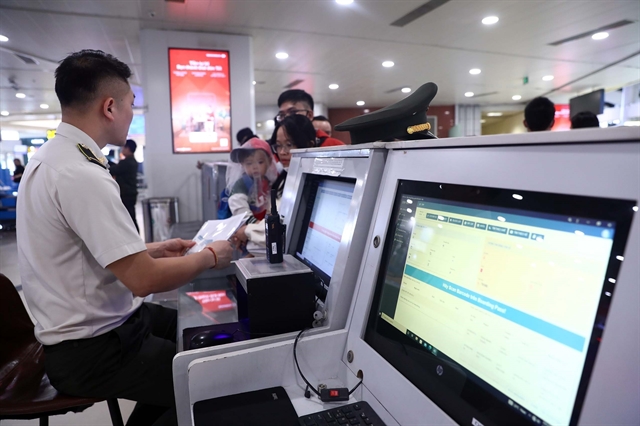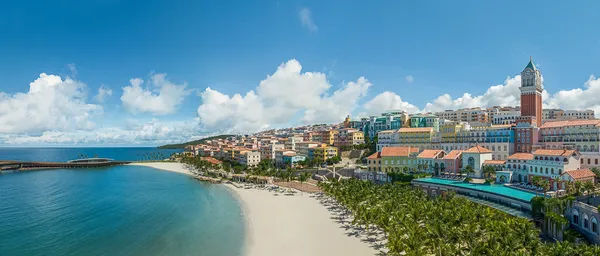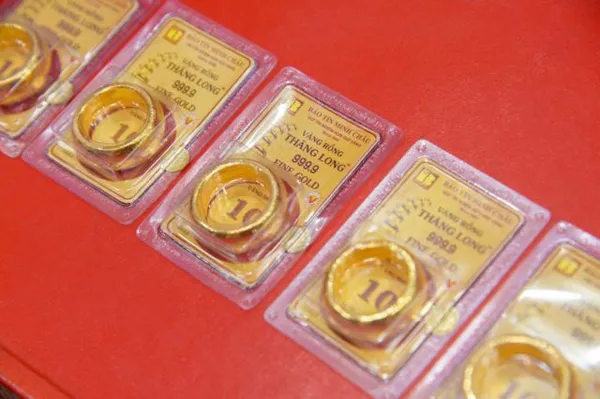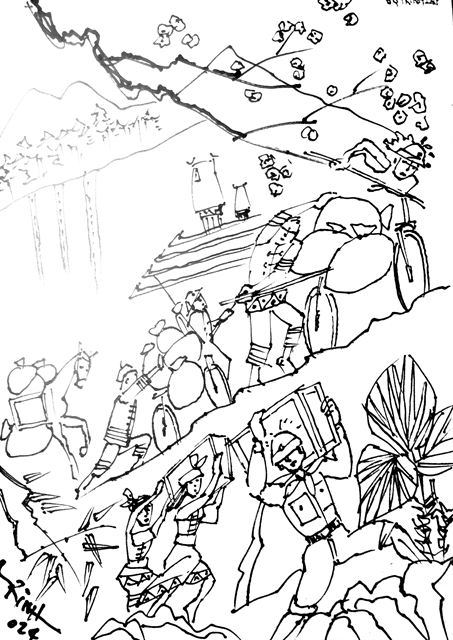 Talk Around Town
Talk Around Town

The municipal Transport Department proposed to the administration that some major streets are turned into one-way streets.
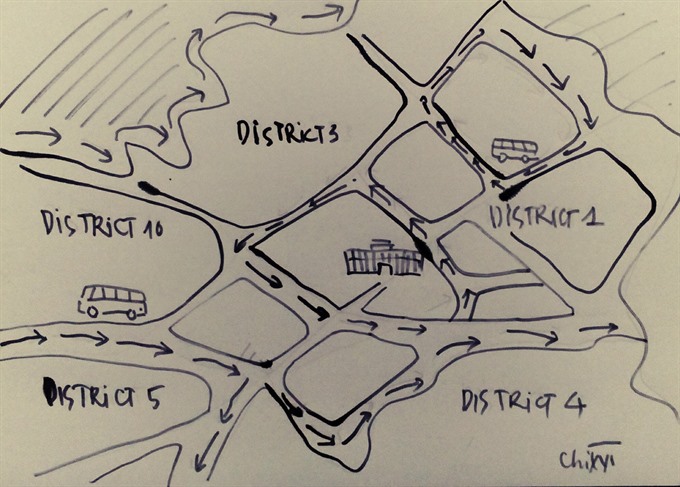 |
By Nguyễn Hằng
For many years not, the HCM City administration, which governs the nation’s largest city with a population of more than 8.5 million people that is forecast to increase rapidly, has been grappling with the problem of traffic congestion.
The estimated losses suffered by the city because of traffic congestion is not trivial at around VNĐ23 trillion (approximately US$ 1 billion) a year.
A few days ago, the municipal Transport Department proposed to the administration that some major streets are turned into one-way streets. If this proposal is approved, it might take effect early next year.
The streets include Cộng Hòa, Hai Bà Trưng, Hoàng Văn Thụ, Lê Quang Định, Lê Quý Đôn, Phạm Ngọc Thạch, Phan Văn Trị, Trần Quốc Thảo and Trường Chinh.
Understandably, the proposal has generated heated debate among residents, including those living along the streets and those whose small business activities could be affected if the streets are made one-way.
Road users who suffer the gridlock every day have also weighed in, of course.
The owner of a shop on Hoàng Văn Thụ Street said his business will suffer if it became one-way, because most people would hesitate to take a detour to buy something at a shop.
Nguyễn Thị Chung of Tân Phú District felt otherwise: “I’m okay with one-way streets and ready to drive a longer distance as long as traffic congestion is reduced.
“In this city, traffic congestion seems like an endless nightmare.”
As residents debate and the administration considers the proposal, several officials have welcomed it.
A representative of Bình Thạnh District told the Tuổi Trẻ (Youth) Newspaper that he agreed with the transport department’s proposal.
He said both Phan Văn Trị and Lê Quang Định in the district experiences high traffic flow and frequent traffic congestion. And since the City’s current master plan did not mention broadening these streets, making them one-way was a solution worth trying.
He said the district would assist the city administration in persuading local residents if the proposal was approved, he said.
Lieutenant Colonel Nguyễn Văn Hải of the city’s Police Department also felt one-way streets would allow for a smoother traffic flow, and traffic jams reduced.
Developed Asian countries like Singapore and Japan have also turned many city-centre streets one way, and despite high traffic density, vehicles moved smoothly, he said.
However, several experts also advised authorities to make careful calculations before applying this solution so as to minimise losses for residents doing business on the targeted streets.
In an article penned for Tuổi Trẻ, Associate Professor Nguyễn Lê Ninh of the HCM City Fatherland Front said the transport department should carry out additional surveys to decide which streets qualified most to become one-way streets.
Once this is done, the information must be given to locals so that they can give their agreement, he wrote.
We all know that traffic gridlocks are a problem in many countries. In the ASEAN region, Thailand, Indonesia, and the Philippines are also struggling to find solutions.
Personally, I welcome the proposal. Although some households doing business along the streets might suffer, the city should give it a try.
Of course, there cannot be a single solution to this problem. Ways have to be found to reduce the number of vehicles, both motorbikes and cars, on the streets, because it not just a question of traffic jams, but also of severe air and noise pollution.
Whatever the issue, it is impossible to find a perfect solution that satisfies everyone. — VNS

